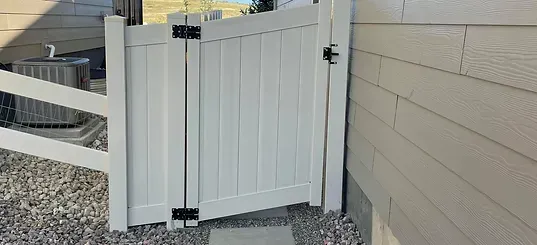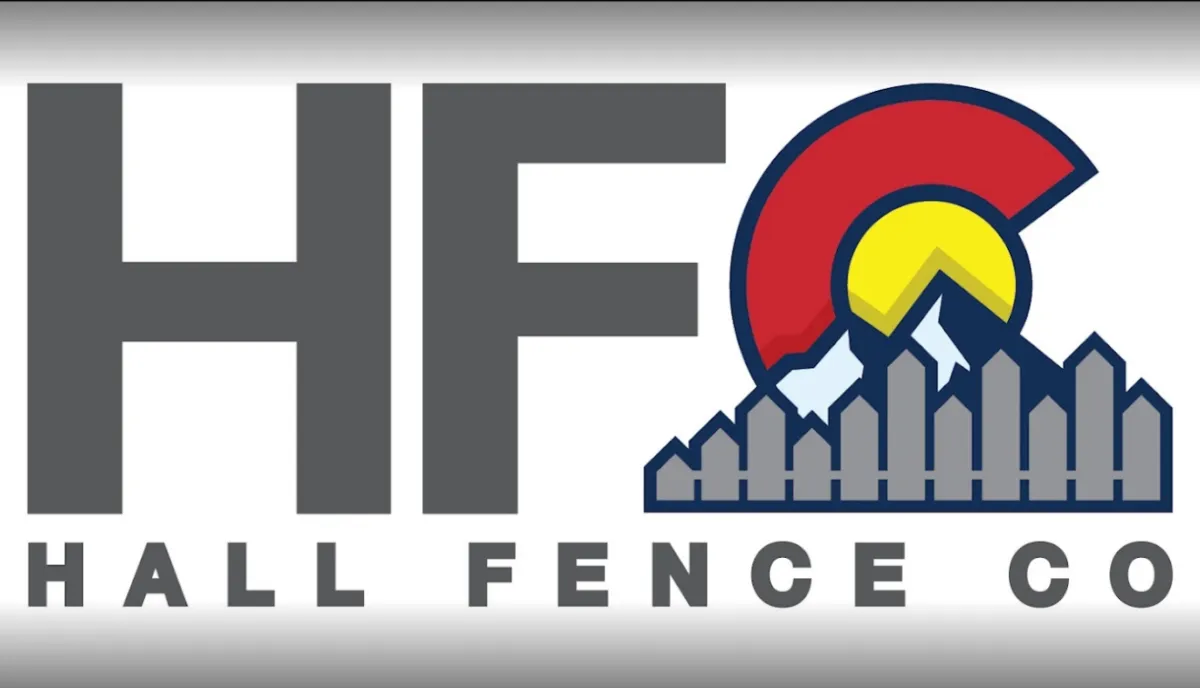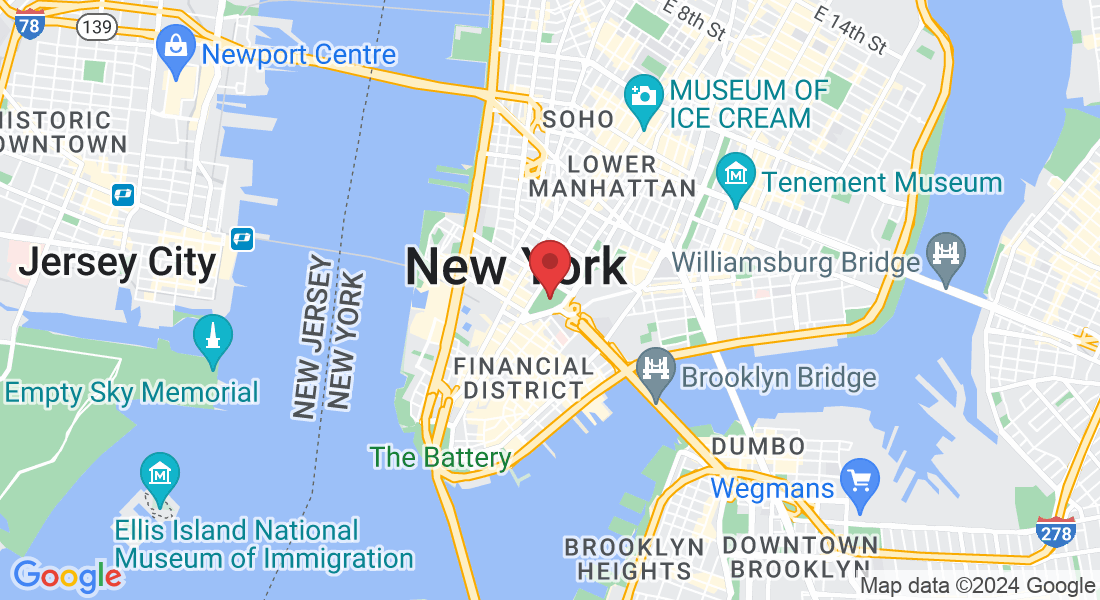COMPOSITE AND VINYL FENCING
Long in the past, your fence options were narrowed down to wood fencing or metal fencing. Today, your options are much, much broader, with composite and vinyl fencing now available. Each has advantages and disadvantages that you should consider before deciding which type of fencing to install.
Benefits of Vinyl Fencing
Vinyl fencing, which is made entirely of PVC (polyvinyl chloride), has the advantage of being inexpensive to buy, as well as, to maintain. Vinyl fencing is the answer if you want a more modern looking fence. It can be formed into any shape imaginable, just like any other plastic can. Because the panels notch together rather than using screws or nails, many vinyl fences are easier to install than composite fences.

Disadvantages of Vinyl Fencing
A Vinyl fence is not permitted in all communities, so you must check local codes or homeowner's association regulations before you begin shopping for a fence contractor to install a vinyl fence for you. Also, color fading and mildew are two issues that can occur with vinyl fencing. Strong sunlight over time changes the color of the vinyl, and wet weather makes the plastic ideal for mildew growth. Because vinyl is molded into panels rather than being made up of smaller parts, repairing the fence is difficult. When a dent or split occurs, the entire panel must be replaced rather than a single board, as with composite or traditional wood fencing.

Disadvantages of Composite Fence
In general, composite fences are more expensive than vinyl fencing. Because the fence contains wood, it expands and contracts with changes in weather and may warp in extreme temperatures. Furthermore, stains and mold on the fence's surface may occur as a result of nearby fruits and grasses repeatedly touching the fence over time. Some of these issues can be avoided with regular maintenance and care.

Composite Fence Benefits
Vinyl fencing, which is made entirely of PVC (polyvinyl chloride), has the advantage of being inexpensive to buy, as well as to maintain. Vinyl fencing is the answer if you want a more modern looking fence. It can be formed into any shape imaginable, just like any other plastic can. Because the panels notch together rather than using screws or nails, many vinyl fences are easier to install than composite fences.
FAQS
What is the difference between a patio and a deck?
A patio is a paved outdoor area that is built at ground level. A deck is a raised platform that is typically made of wood or composite materials. Patios are generally less expensive to build than decks, and they are easier to maintain. Decks, on the other hand, offer more flexibility in terms of design and layout.
What are the most popular patio materials?
The most popular patio materials are concrete, brick, pavers, and natural stone. Concrete patios are the most affordable option, but they can be less visually appealing than other materials. Brick patios are more expensive than concrete, but they offer a more traditional look. Paver patios are a good middle ground between concrete and brick patios in terms of both cost and appearance. Natural stone patios are the most expensive option, but they offer the most natural and rustic look.
How long does it take to build a patio?
The amount of time it takes to build a patio will vary depending on the size and complexity of the project. A simple concrete patio can be built in a few days, while a more elaborate patio with features such as an outdoor kitchen or fire pit may take several weeks to complete.


